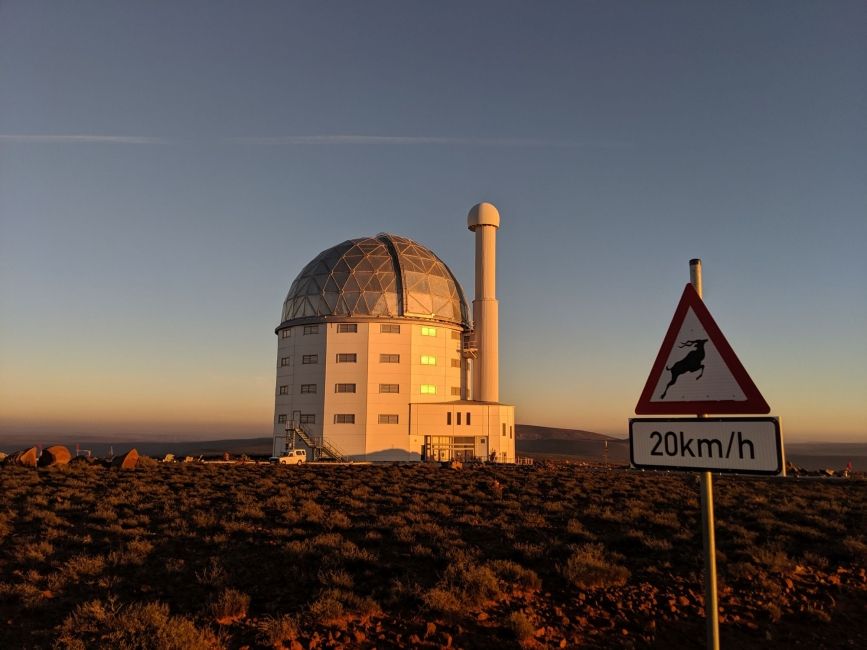A Week Under The Stars
My internship placement here in Cape Town is with the South African Astronomical Observatory (SAAO). For this organization, I work with the SALT Astronomy Operations team. SALT, an acronym for the Southern African Large Telescope, is the largest optical telescope in the southern hemisphere. It is located in Sutherland, a tiny village in the semi-desert Karoo region, 4 hours northeast of Cape Town. Though I've been working with the data that gets sent each morning to the headquarters in the aptly named Observatory suburb of Cape Town, I had the incredible opportunity to spend a week in Sutherland observing at SALT.
Sutherland is a place where people from all over South Africa travel hoping to see snow. As if winter weather during my typical summer months wasn't tragic enough, the extra drop in temperature as we drove 350km into the heart of the country really got me. Between the barren landscape, the freezing air, and the constant, gusting winds, the semi-desert Karoo felt like a different planet. The animals didn't seem to mind though, as I saw a harem of Springbok, South Africa's national animal, right outside my bedroom window as soon as I arrived!
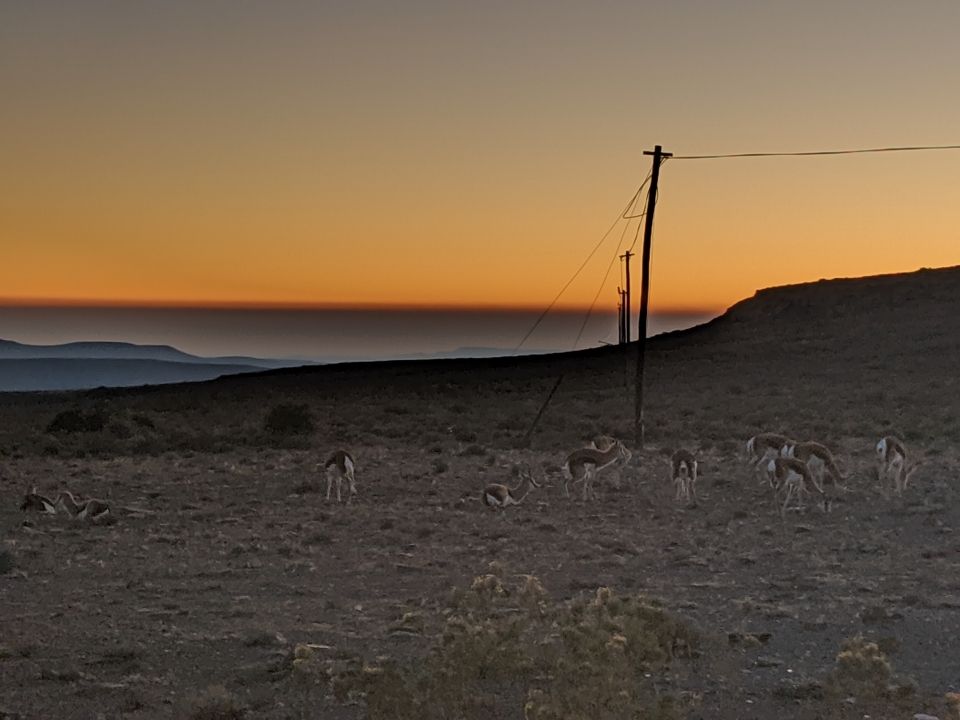
Of course, observational astronomy is a night owl's job, so as the sun was dipping under the horizon, I was heading to work. SALT is situated on top of a hill, along with over a dozen other smaller telescopes, operated either by the SAAO or various international organizations. SALT, as its name suggests, is the biggest one (by far). While driving up the hill, you have to turn off your headlights and use your car hazards to see. It was insane driving in the dark this way, with the world blinking in and out of existence. This is because absolutely no light pollution is allowed, protecting the skies there as some of the darkest and clearest in the world. When I got to SALT, I had a tour of the building, including access to the dome where the primary mirror of the telescope is housed. The mirror is actually comprised of 91 identical hexagons, yielding the synchronized result of a massive 11m mirror.
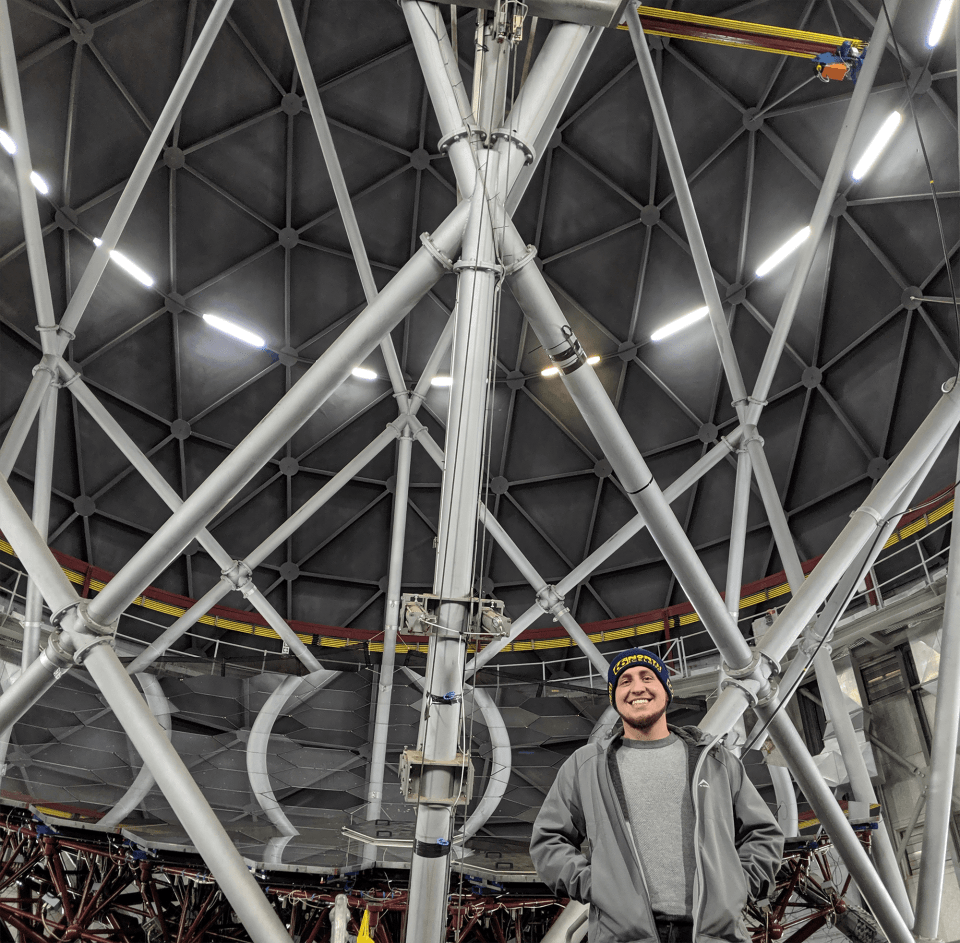
The public perception of an astronomer's work is pretty misguided. You'd think (and we'd hope) we stand at the base of a giant telescope, looking in the eyepiece, seeing brilliant, vibrant stars, galaxies, and planets. Instead, we sit at computers in a separate room, entering commands to make the telescope do what we want and to acquire data from its various science instruments. Most of the time is actually spent waiting for exposures, as the instruments gather light for up to 45 minutes from one object to get good data. This sounds nice, as you can work on other things or read, but it becomes a real struggle to stay awake in that mind-numbing silence, hoping no random errors arise.
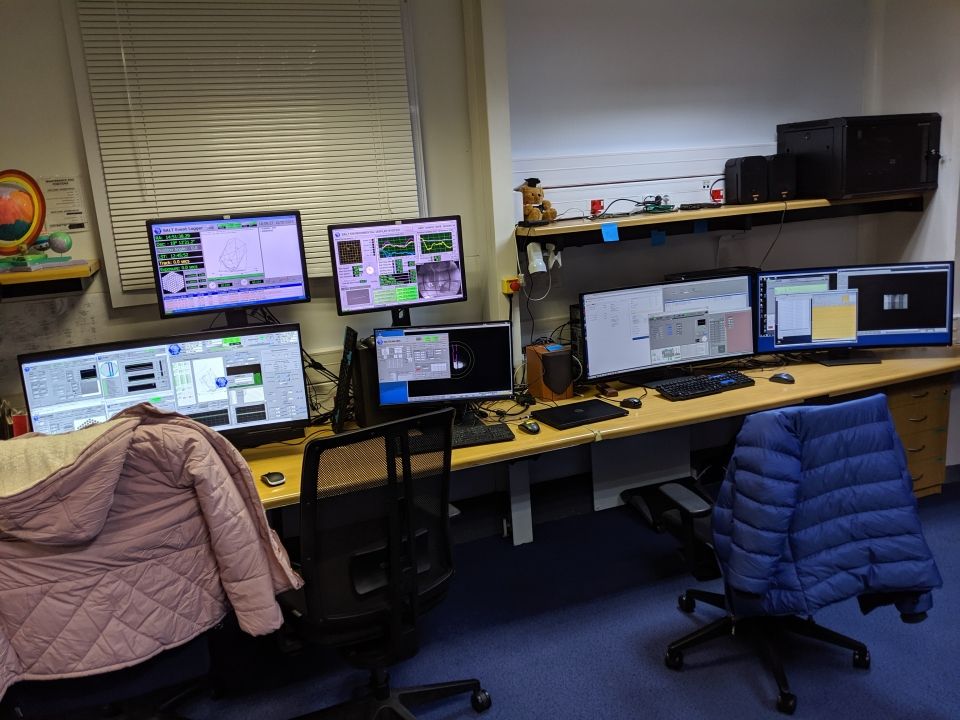
Of course, since the skies are incredible there, I went outside to catch a glimpse of the universe. Upon walking (stumbling, really, as I couldn't use any lights) out of the building, it was so dark that I couldn't see my hand directly in front of my face. As my eyes adjusted, stars began appearing in every direction. Soon, I could finally see it with my own eyes - the glow of the Milky Way, our home galaxy. It stretched from horizon to horizon, painting a wide arch across the sky, around which thousands of visible stars and galaxies were splattered. Around the same time, I saw a shooting star, the first of a dozen I'd see on my first night alone. Of course, since I study astrophysics, I personally find deep profundity in the night sky. The raw emotion you feel seeing a celestial landscape like that one is truly moving. I really don't have words for it. I just hope you all can find a way to experience it for yourselves.
My week was largely a blur. I worked from 6pm until 7am each night, including the weekend. I'd return to my room in the "Astronomers Wing", close the curtains to block out the fresh sunlight, sleep, wake up, shower, eat, and go to work again. You can probably understand why my best friend at work all week was the cappuccino machine. One day, I deprived myself of even the minimum amount of sleep to visit the public museum they have on-site, where they also offer both day and night tours. Apart from research, the SAAO and SALT are committed to public outreach. They aim to educate and inspire people, especially young kids. Astronomy is a gateway science in many ways, sparking a sense of wonder that often grows into a lifelong flame of curiosity and inspiration. Just think about how incredible it is to point objects we made at the sky, bridging the spans of space and time on the scale of billions...
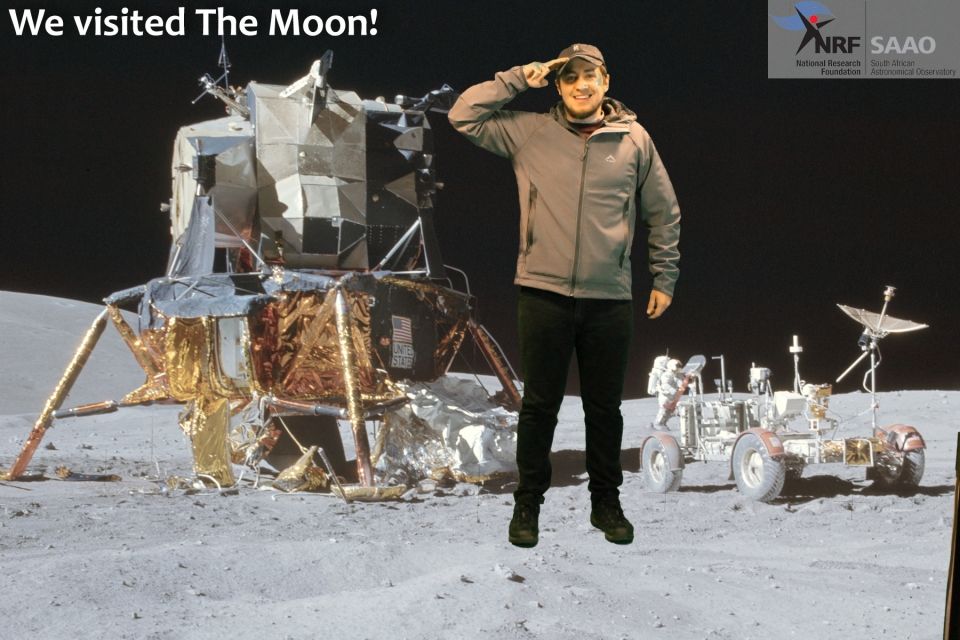
My very last night happened to coincide with the 50th anniversary of the Apollo 11 launch, as well as a lunar eclipse. Anticipating this, I brought my camera and suffered in the horrific winds to get a few amazing shots.
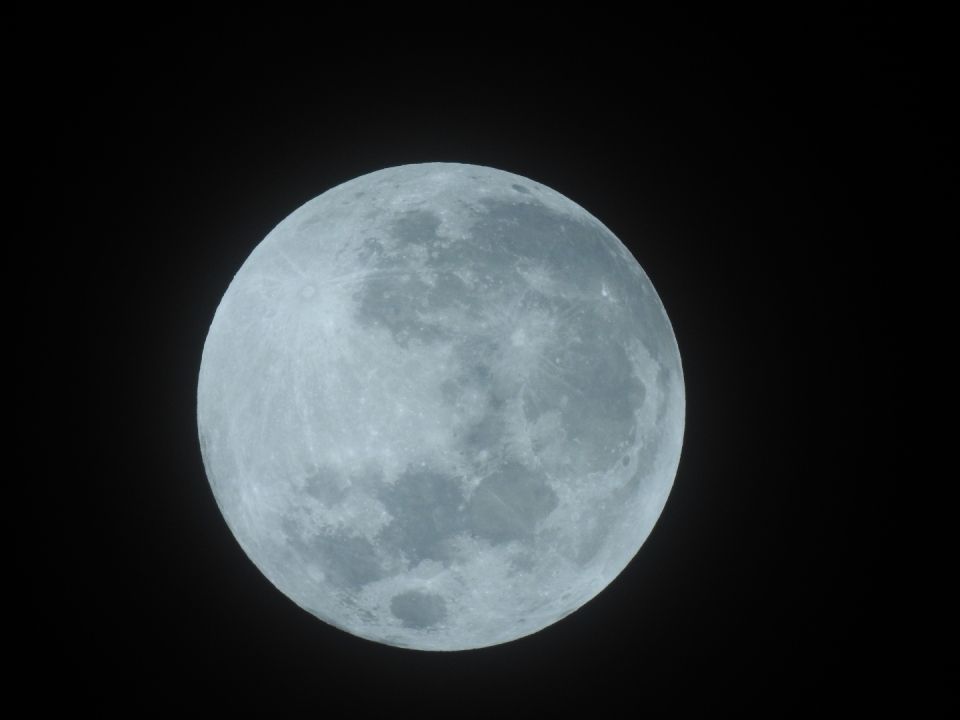

All in all, the week was incredibly refreshing and inspiring (and exhausting!). I'm extremely grateful for the opportunities both SALT and CIEE have afforded me. Much like the Sun, Earth, and Moon aligning for the eclipse, I feel like my life is finally starting to fall into place, and it feels so validating. As if my amazing experiences in Cape Town haven't solidified the value of this summer (winter!) enough, this opportunity really put it over the top...out of this world, even.
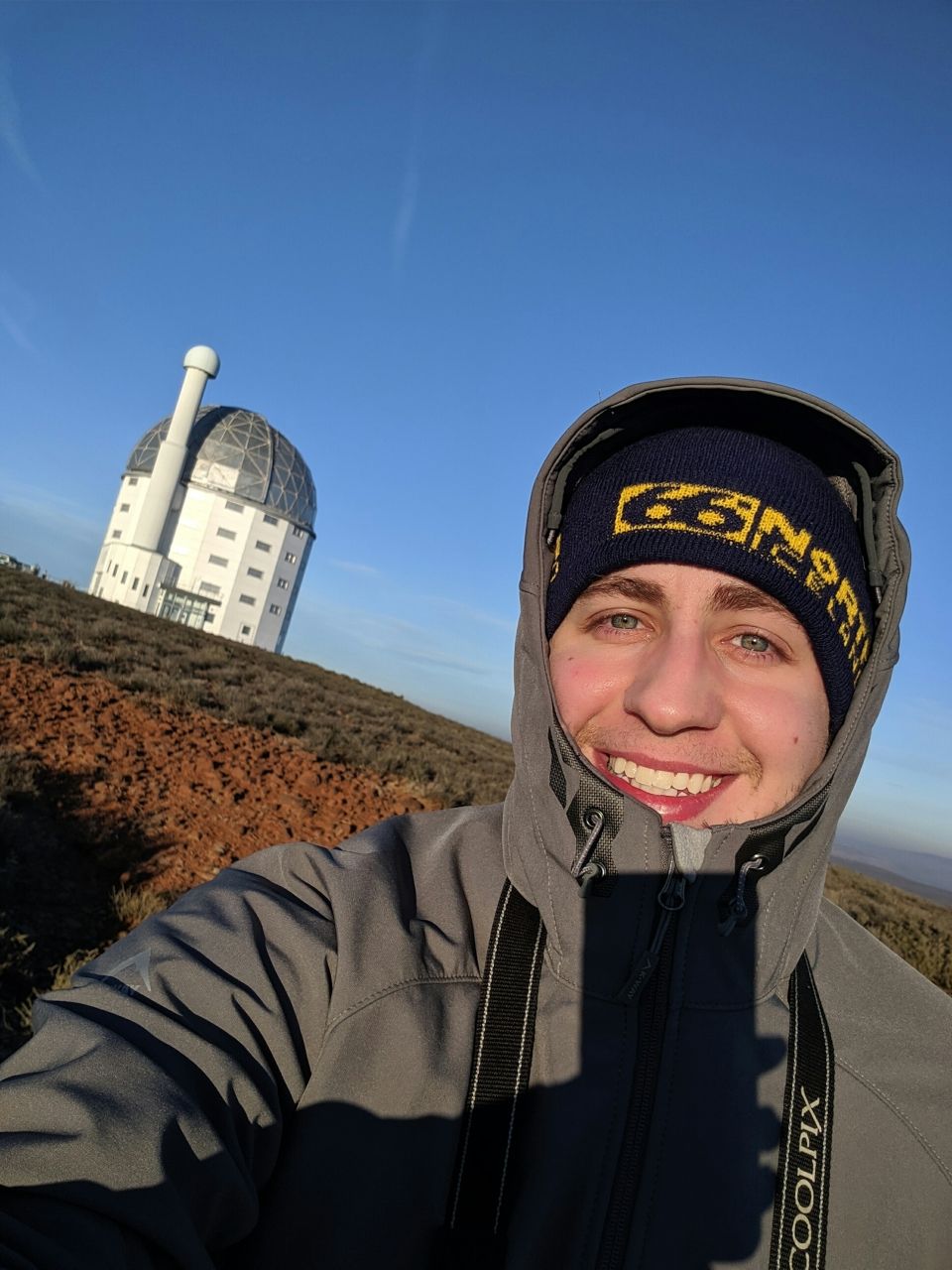
Related Posts

EAT, DRINK, EXPLORE: CAPE TOWN
BEST FOOD TO EAT IN CAPE TOWN If you’re looking to pinpoint South Africa’s national dish, here’s a helpful tip: there isn’t one. Cape Town’s multi-cultural heritage boasts British, French... keep reading
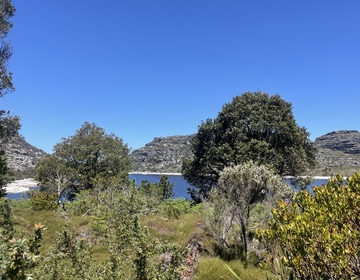
Skeleton Gorge: A Beautiful, Grueling Adventure in Cape Town
By: Jeanne d'Arc Koffi Hiking Skeleton Gorge in Cape Town was an experience I’ll never forget. The guidebooks warned it would be challenging, but as someone with hiking experience, I... keep reading
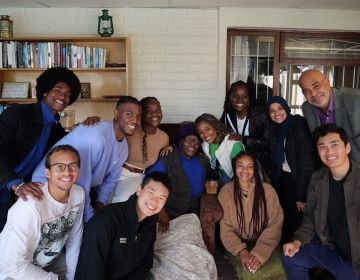
Reflecting on South Africa as a Frederick Douglass Global Fellow
By: Sam Li Stepping off the plane in Cape Town felt like stepping into a whirlwind of vibrant energy, complex history, and breathtaking landscapes. This wasn't just any summer adventure... keep reading
